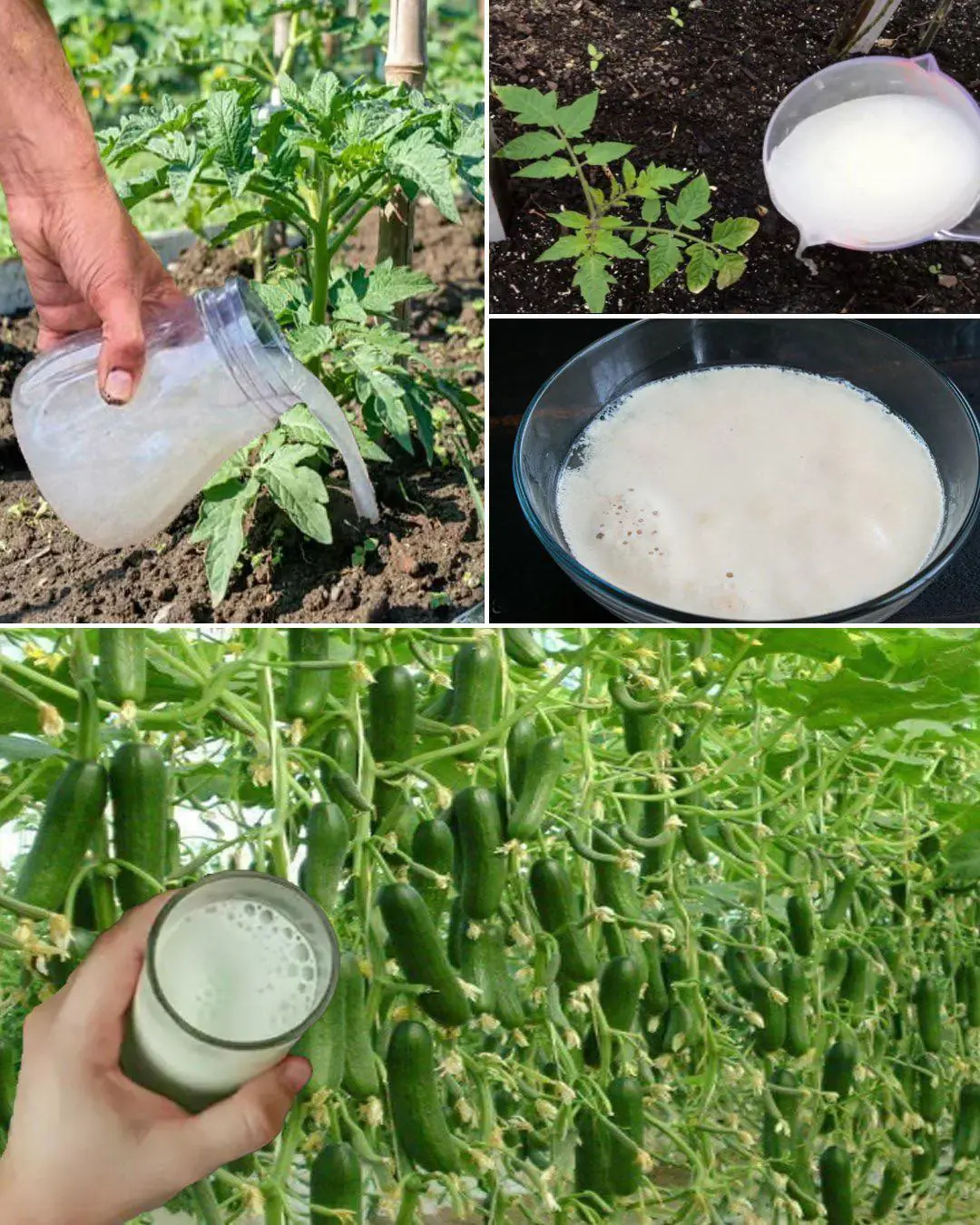
Grow potatoes in containers at home with just one potato

How to Grow Potatoes in Containers at Home with Just One Potato
Growing potatoes at home can be a fun and rewarding experience, especially if you have limited space. By using a container, you can grow your own fresh potatoes with minimal effort. All you need is one sprouted potato, and you can grow a whole crop of delicious tubers. Follow these easy steps to start your potato garden in a container!
What You Need
-
One seed potato (or a sprouted potato): Choose a healthy potato with visible "eyes" (sprouts).
-
Large container: A container of 10-15 gallons is ideal, and it should have drainage holes to avoid waterlogging.
-
Potting soil or compost: Use high-quality soil to support the potato plant's growth.
-
Fertilizer (optional): While not necessary, adding some fertilizer can boost your plant's health.
-
Water: Keep the soil moist, but not soaking wet.
Steps for Growing Potatoes in Containers
1. Prepare the Potato
Start by cutting your sprouted potato into 2-3 pieces, making sure each piece has at least one "eye" (a sprout). Let these pieces dry for 24 hours before planting to prevent them from rotting. Drying helps form a protective layer over the cut surface, which will prevent disease.
2. Prepare the Container
Select a large container (10-15 gallons) with drainage holes at the bottom to prevent excess water buildup. Fill the container with 4-6 inches of potting soil or compost, and you can mix in a little bit of fertilizer for added nutrients. A well-draining, nutrient-rich soil ensures that your potatoes grow healthy and strong.
3. Plant the Potato
Place the potato pieces (with the sprouted eyes facing up) on top of the soil. Cover the pieces with another 4-6 inches of soil, making sure there's still space to add more soil as the plant grows. The sprouted eyes will soon begin to shoot up, breaking through the soil.
4. Water Regularly
Water the soil gently, keeping it moist but not waterlogged. Potatoes need consistent moisture, but standing water can cause them to rot. Check the soil regularly, and when the top inch feels dry, it’s time to water. Be cautious not to drown the plants.
5. Add Soil as Plants Grow
As the potato plant starts to grow and the green shoots emerge, continue adding more soil to cover the lower parts of the plant, leaving only the top leaves exposed. This is called “hilling.” It encourages the plant to produce more tubers along the buried stems, which means more potatoes!
6. Provide Sunlight
Make sure to place the container in a sunny spot that receives 6-8 hours of sunlight daily. Potatoes love the sun, and plenty of sunlight helps them grow strong and healthy. If you live in a particularly hot area, try to ensure they get a mix of direct and filtered sunlight to prevent scorching.
7. Harvest
After about 10-12 weeks, or once the foliage begins to yellow and die back, your potatoes should be ready for harvest. Gently dig into the soil with your hands or a small gardening tool to find the potatoes. Be careful not to damage the tubers during the process.
Tips for Success
-
Use a large container: A larger container provides more space for the roots to grow and for tubers to form.
-
Choose healthy seed potatoes: Start with a good-quality sprouted potato to ensure your plants grow strong.
-
Add soil regularly: As the plant grows, add soil to support healthy tuber development.
-
Protect from frost: Potatoes can’t survive freezing temperatures. Bring the container inside if frost is expected or use row covers.
-
Avoid overwatering: Too much water can cause the potatoes to rot. Always check the soil moisture level before watering.
Benefits of Growing Potatoes in Containers
-
Space-Saving: Perfect for small spaces like apartments or balconies, as you don’t need a traditional garden plot.
-
Easy to Manage: You have better control over soil quality and can manage pests more easily than in-ground planting.
-
No Digging Required: Harvesting is as simple as emptying the container, so you don't have to dig up the ground.
News in the same category


12 Powerful Benefits of Moringa Seeds
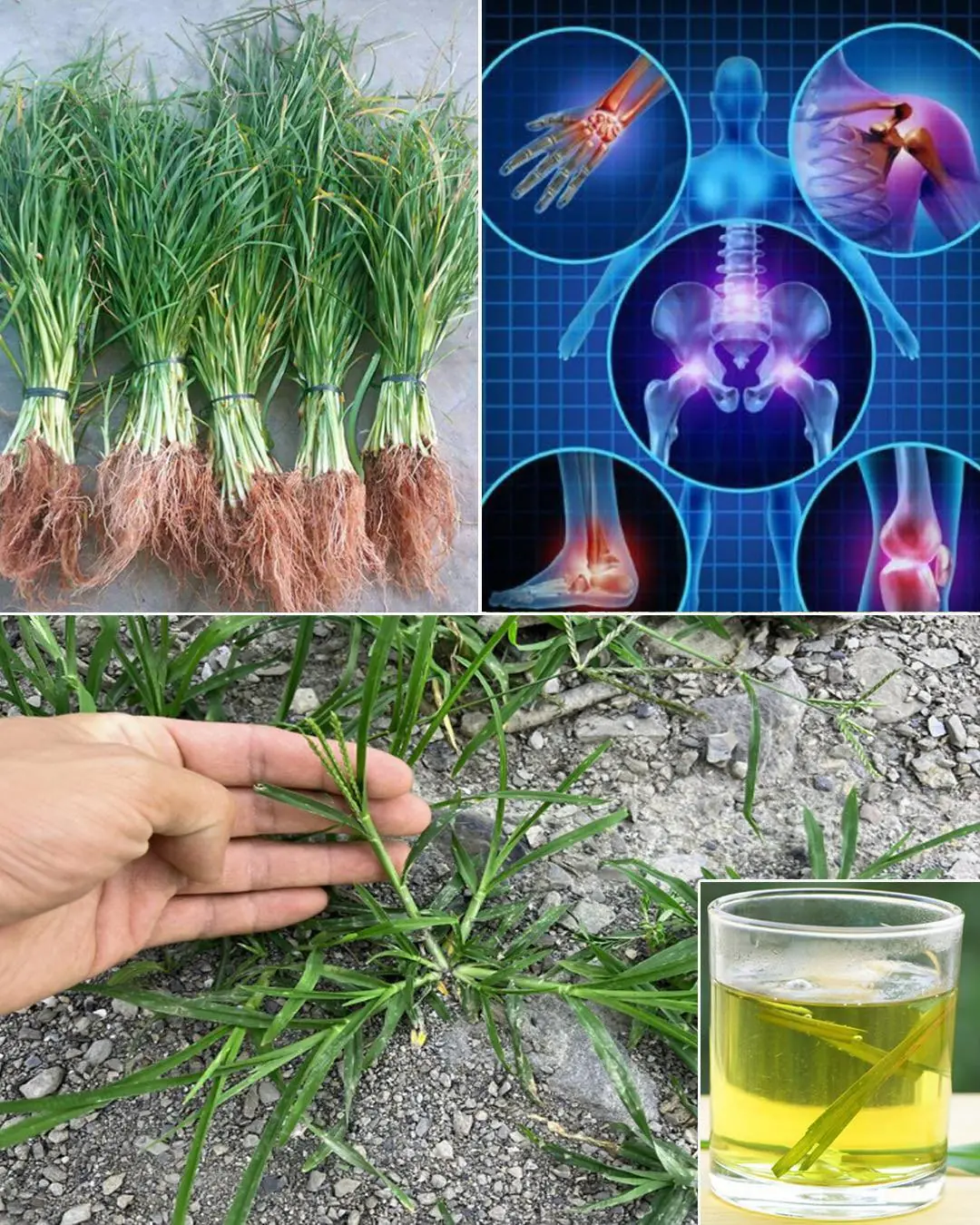
25 Incredible Health Benefits of Goosegrass
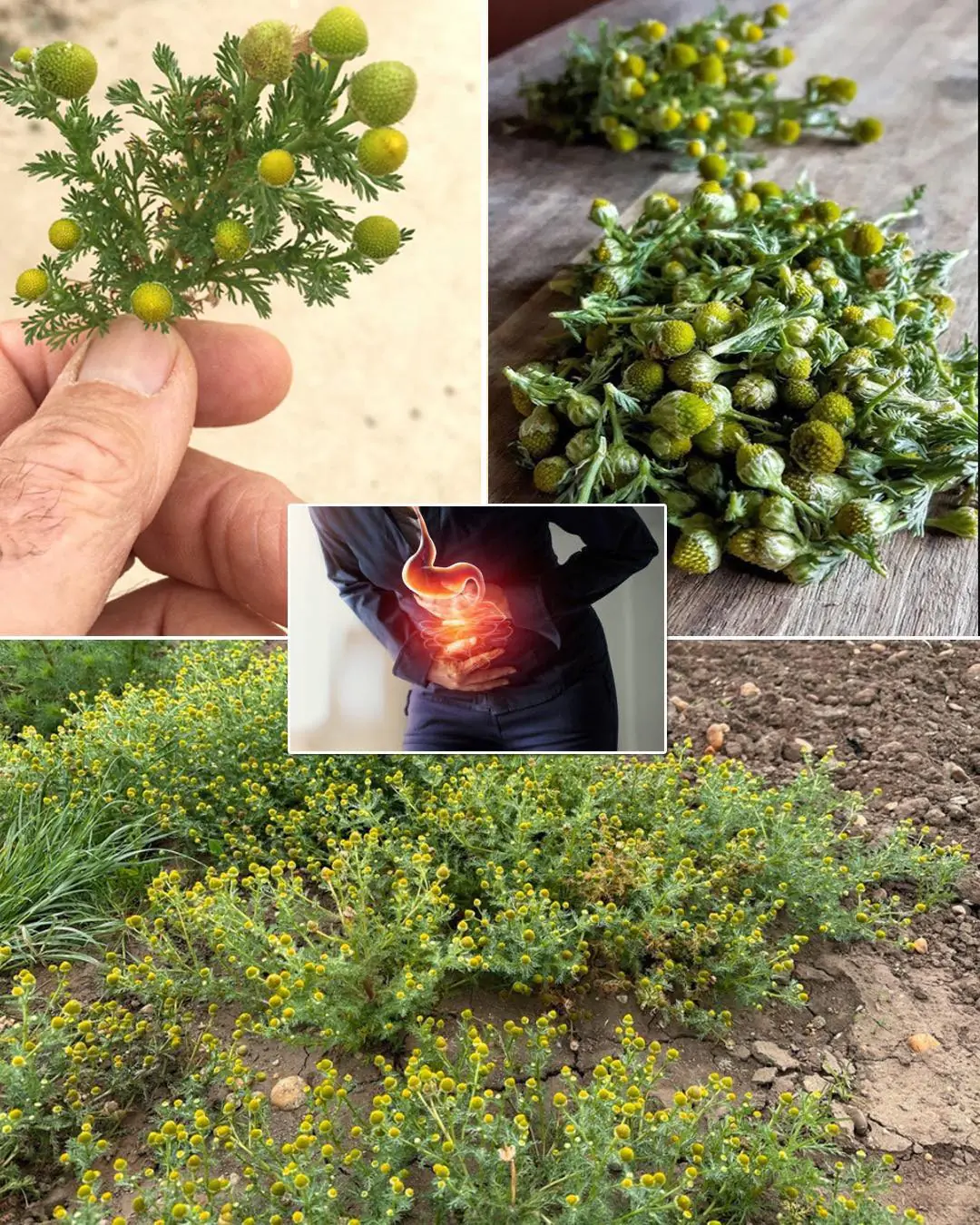
Pineappleweed (Matricaria discoidea) – Nature’s Calming Herb with Surprising Benefits
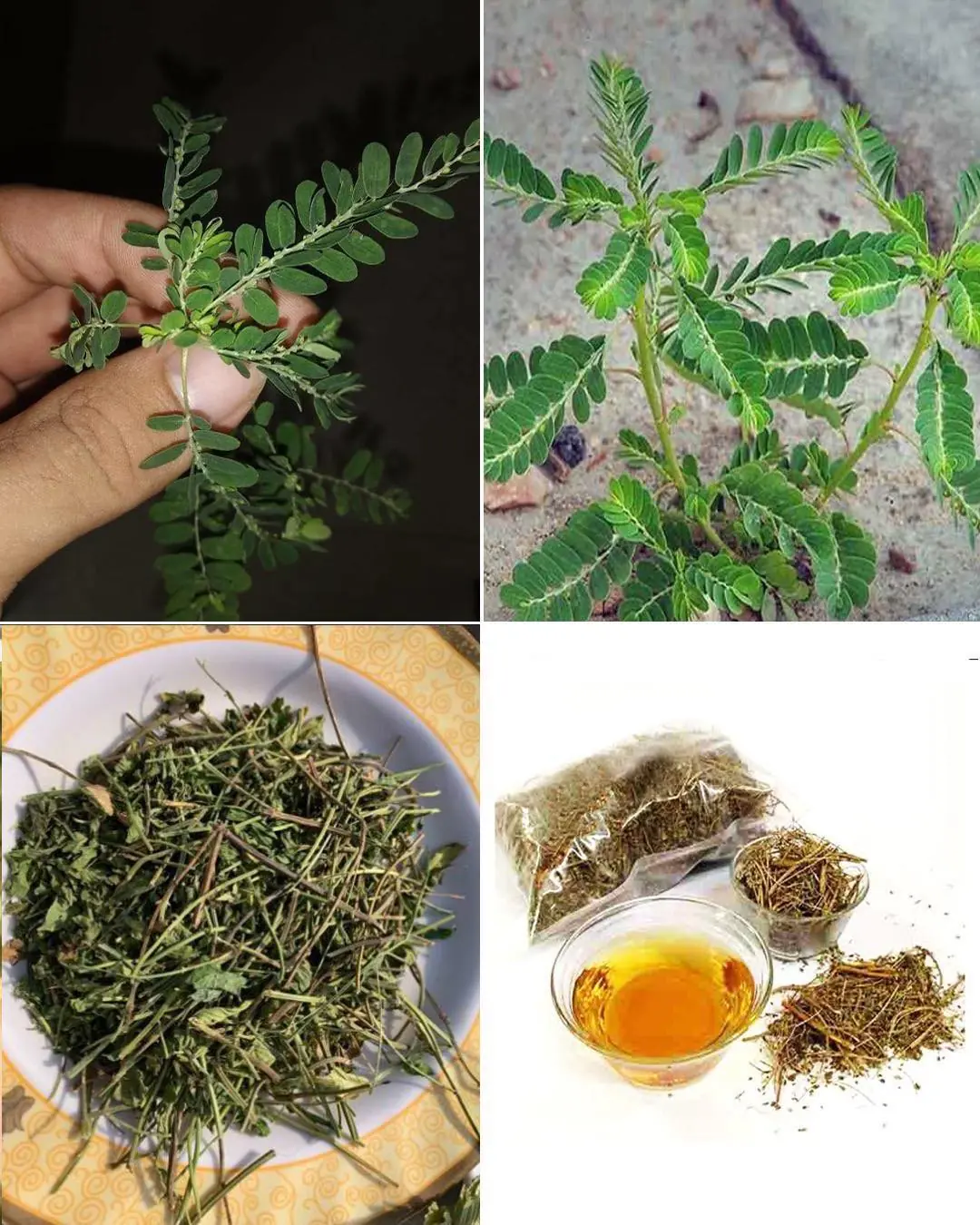
The Power of Chanca Piedra: 10 Benefits and Uses
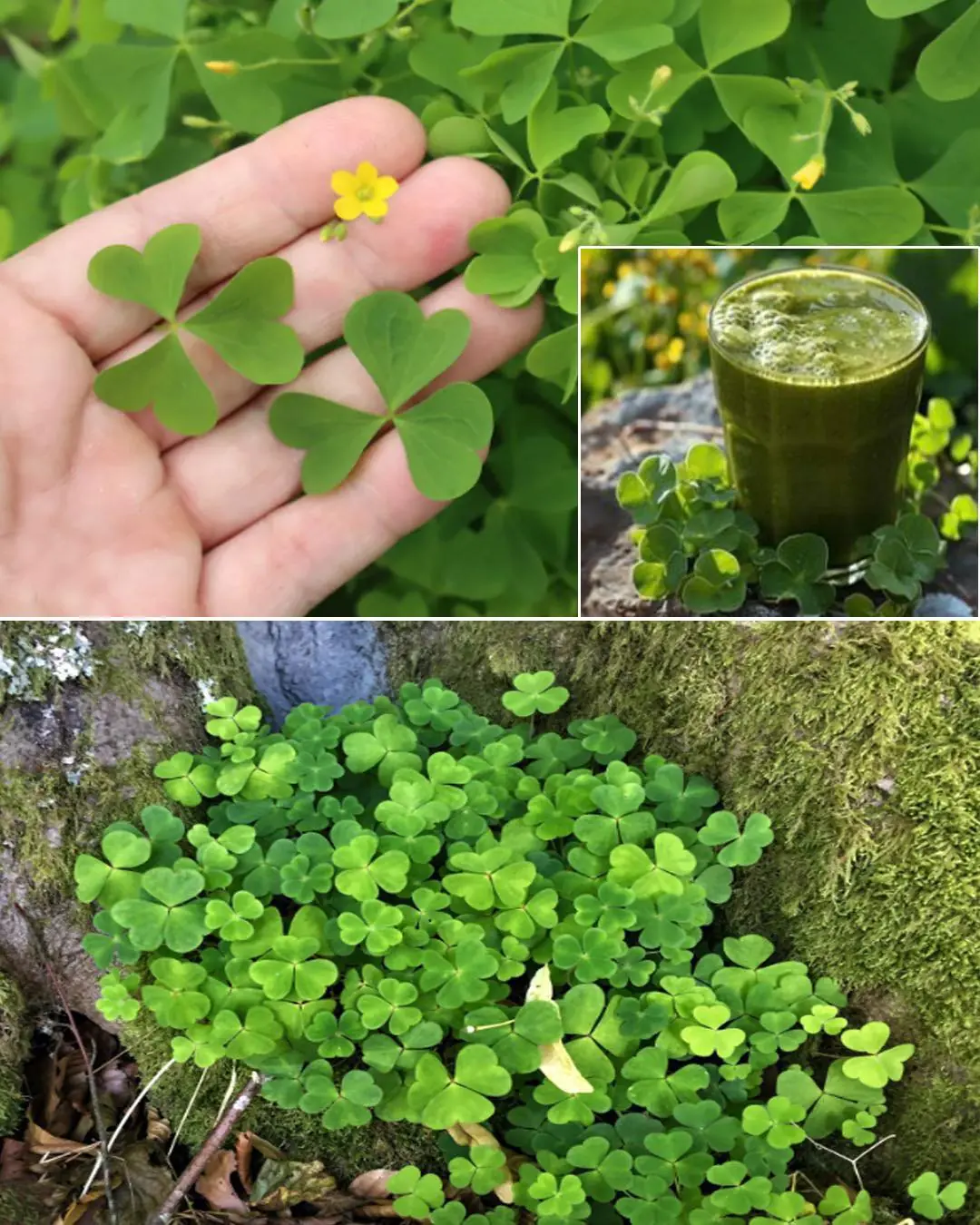
Wood Sorrel Benefits and Uses
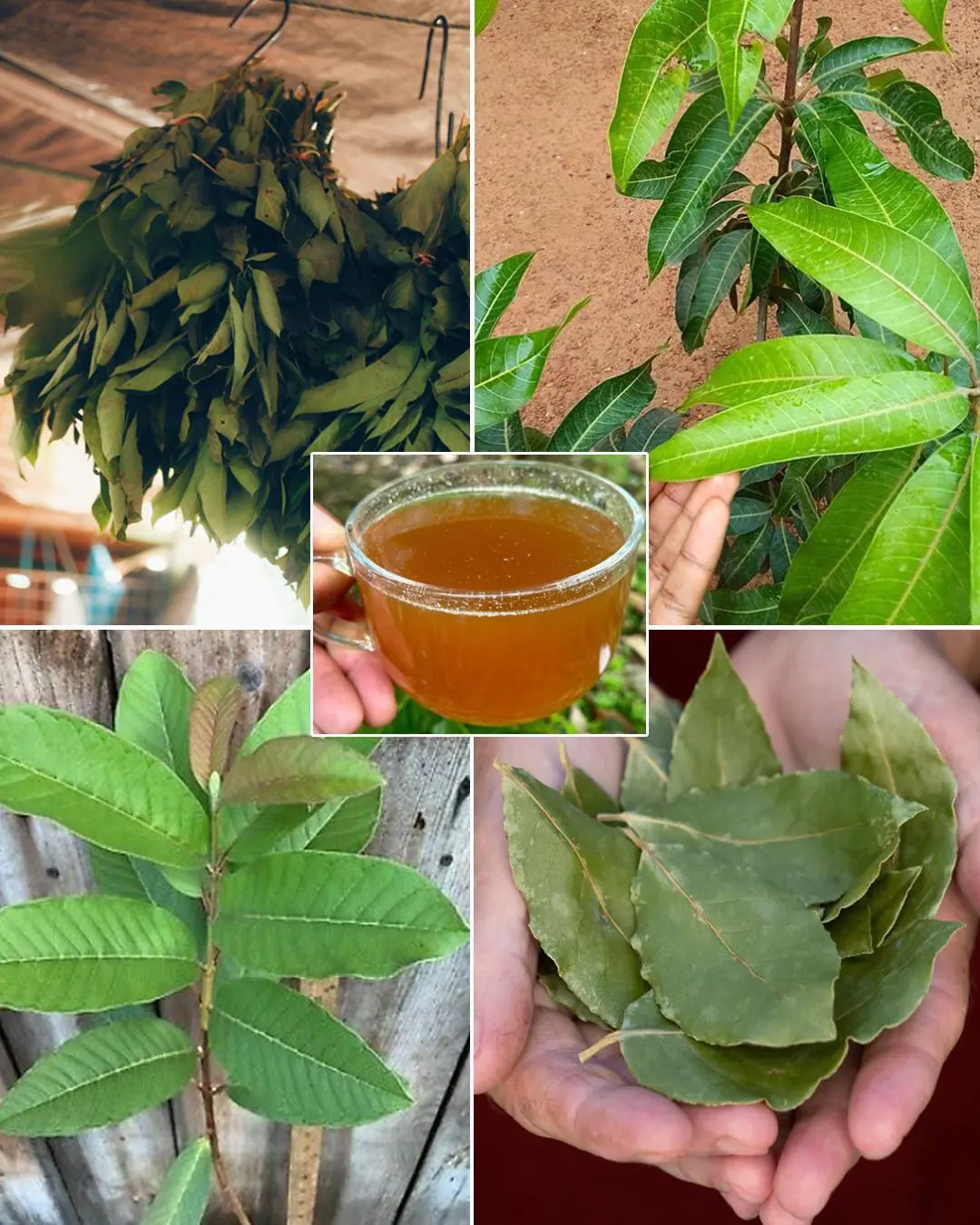
The four medicinal leaves: Avocado leaves, mango leaves, bay leaves, and guava leaves
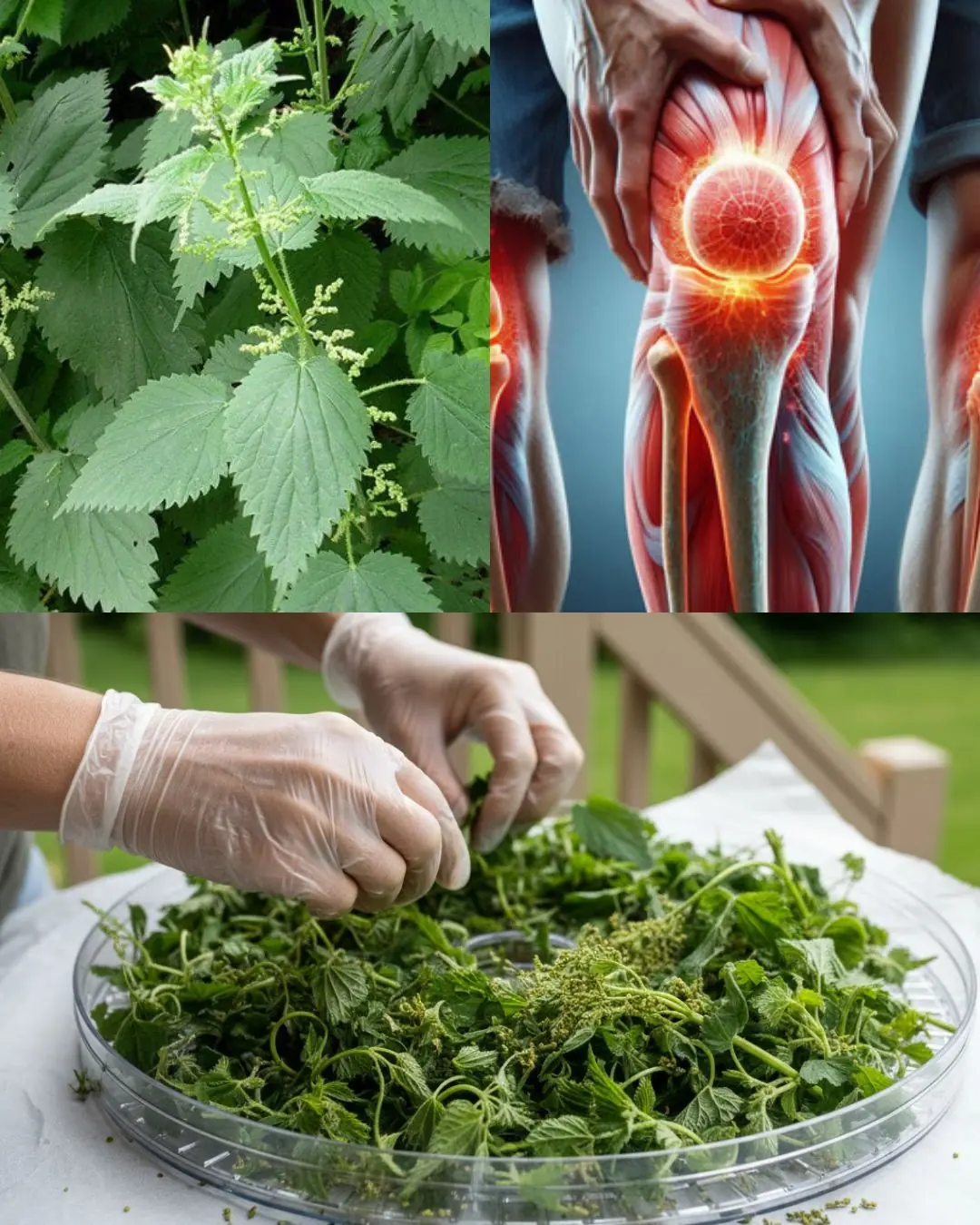
The Power of Urtica dioica: Natural Relief for Joint Pain, Arthritis, and Inflammation
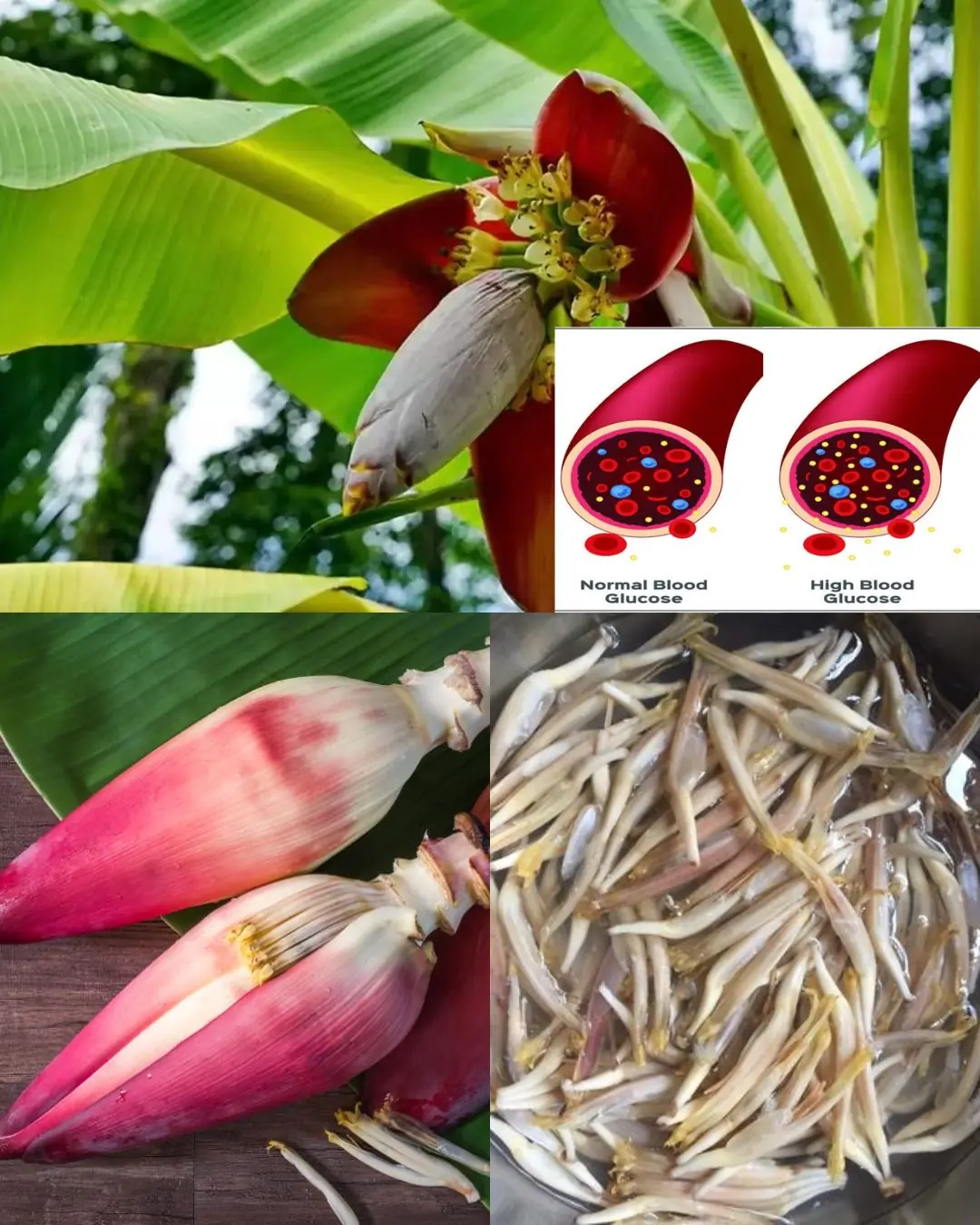
Banana Blossom: Health Benefits, Recipes, and Traditional Uses
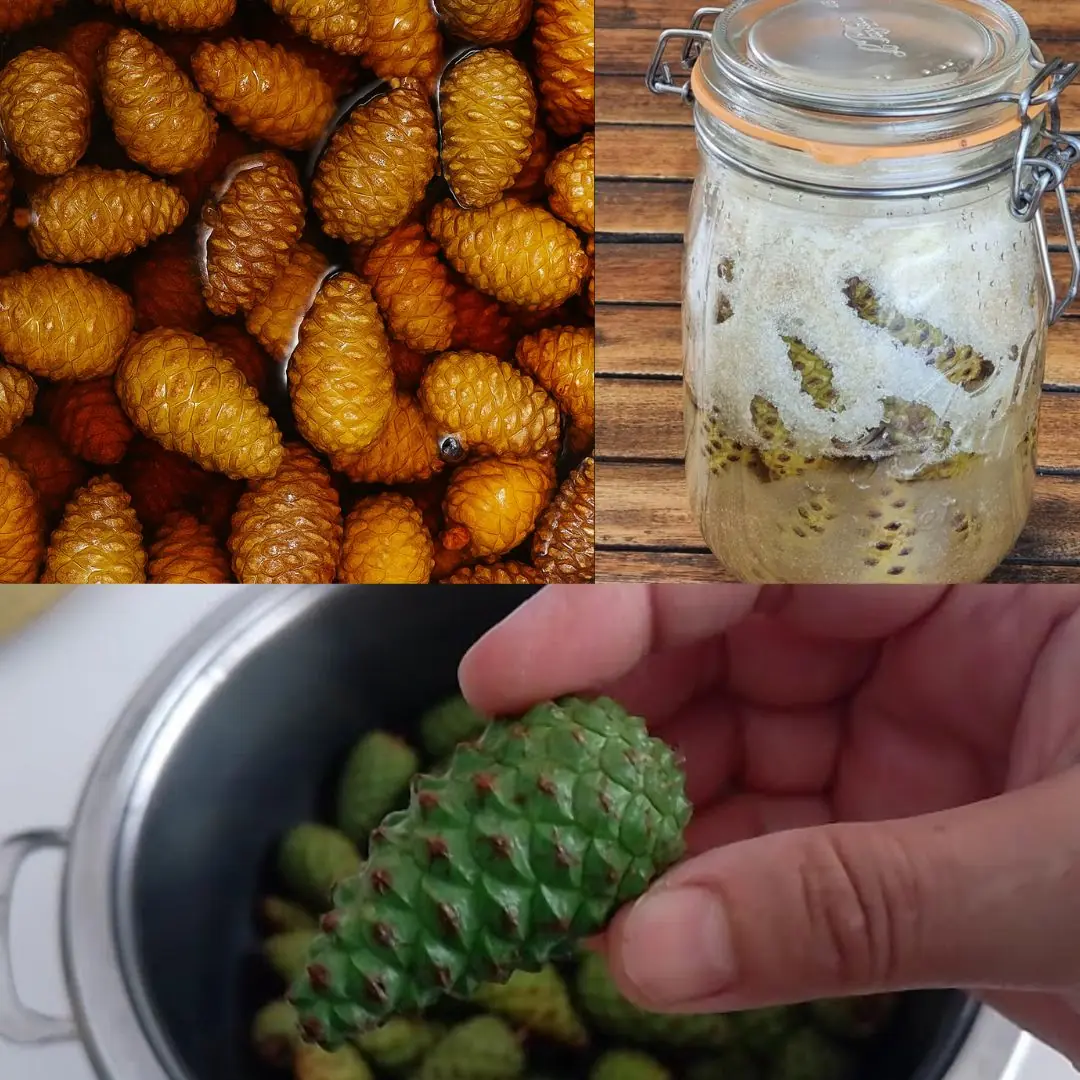
Pine Cone Syrup: A Newbie-Friendly Guide
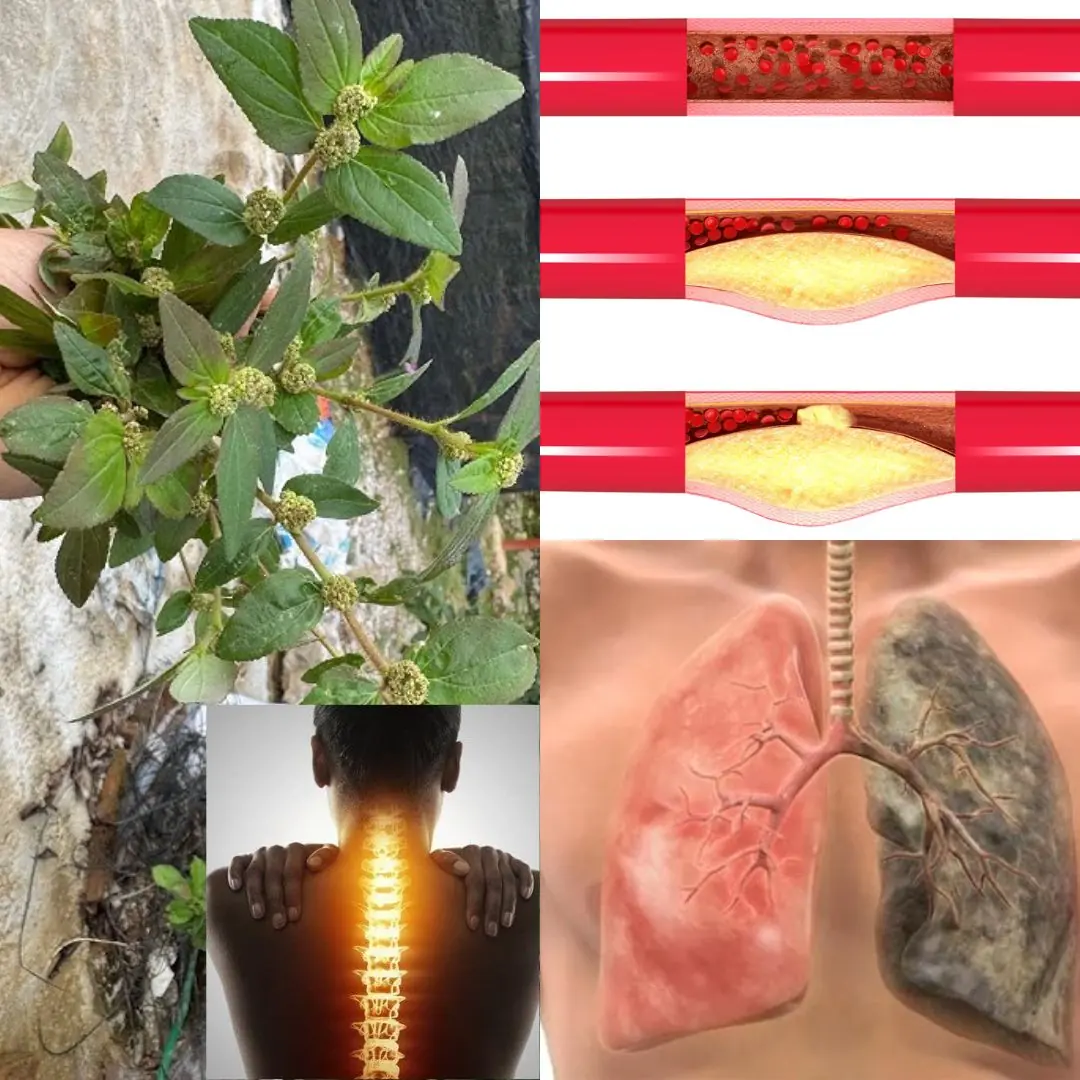
Euphorbia Hirta: 9 key health benefits of this versatile plant
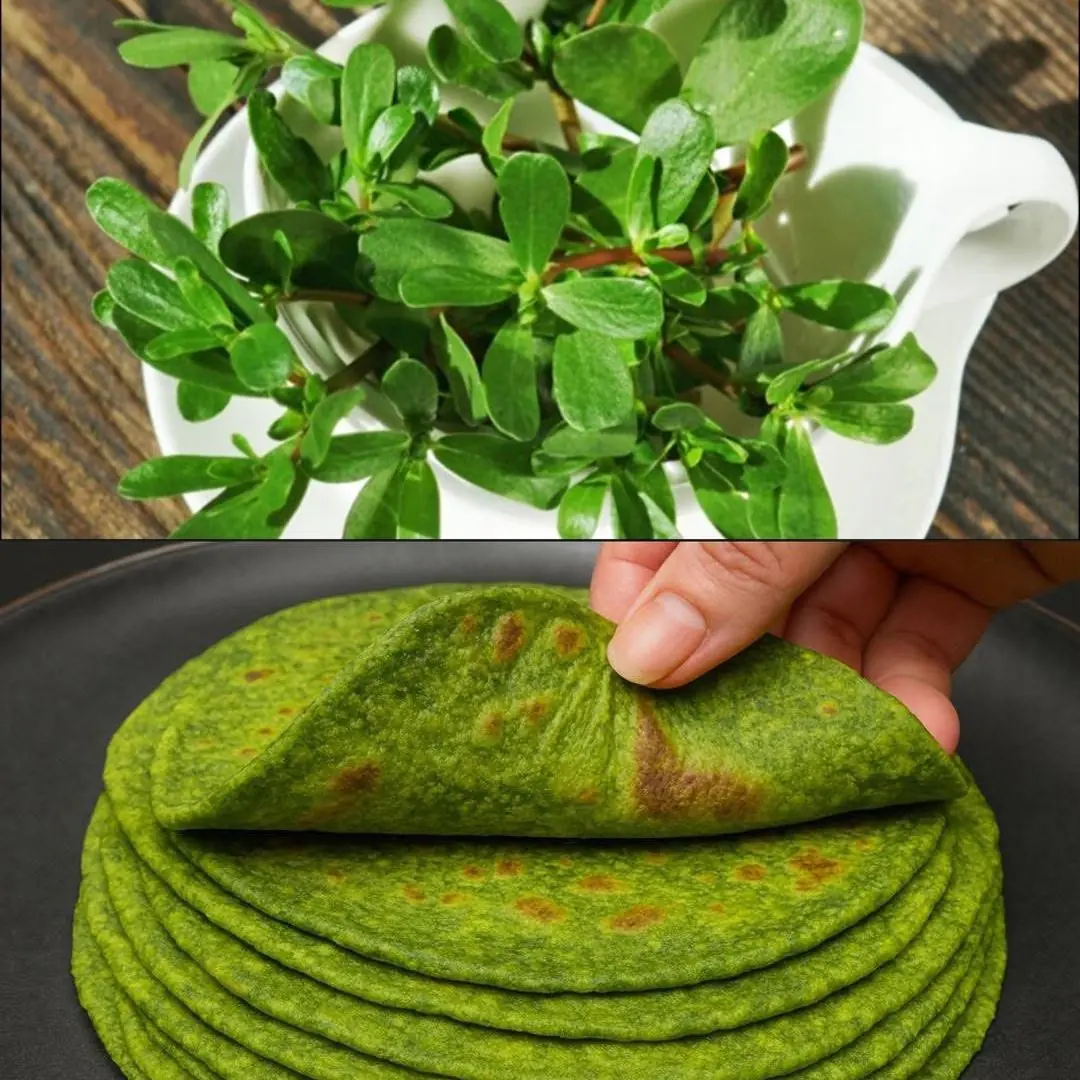
Why You Should Embrace Purslane in Your Garden: 8 Compelling Reasons
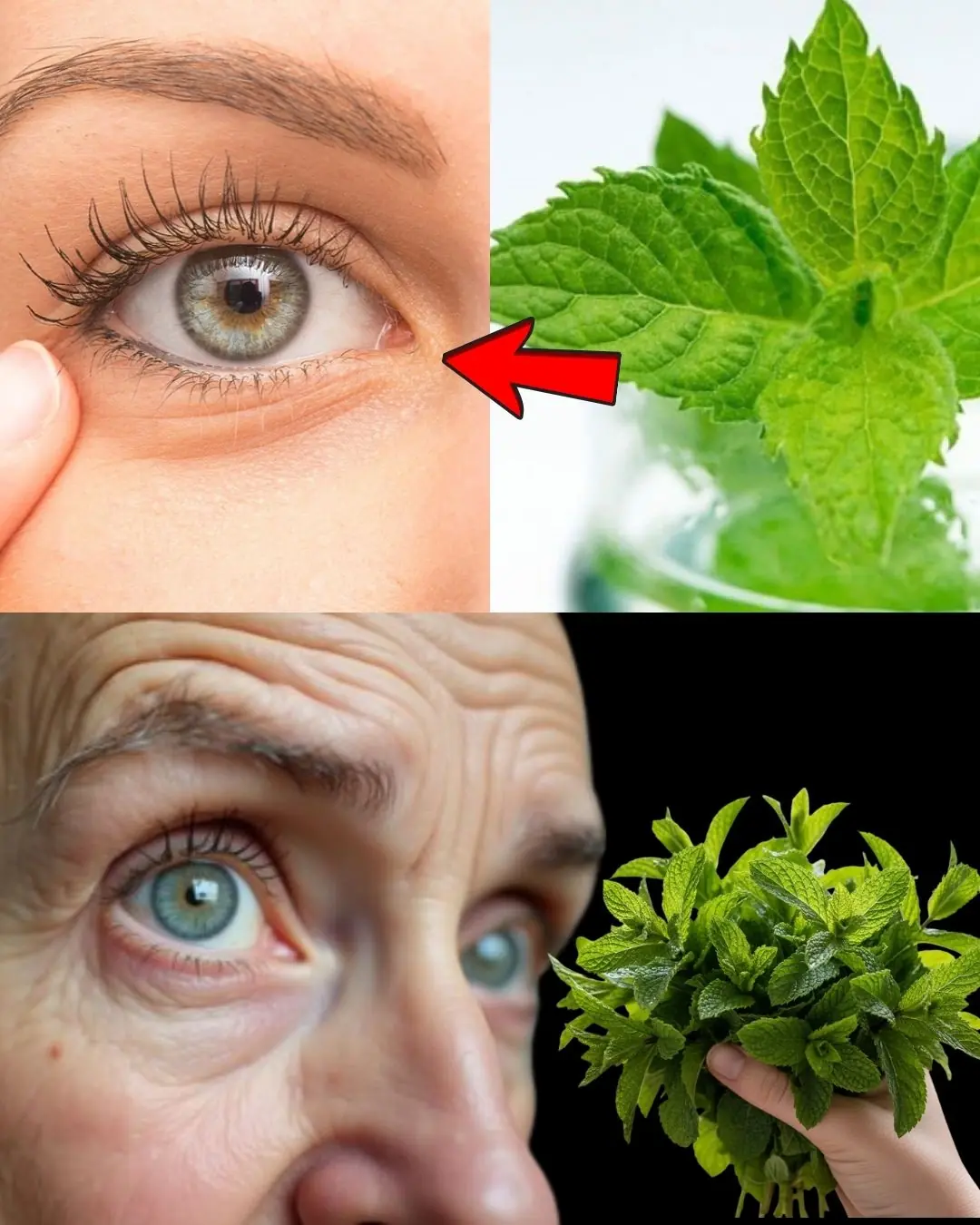
The Ultimate Herbal Eye Care Remedy: Keep Your Vision Healthy with This Simple DIY Solution
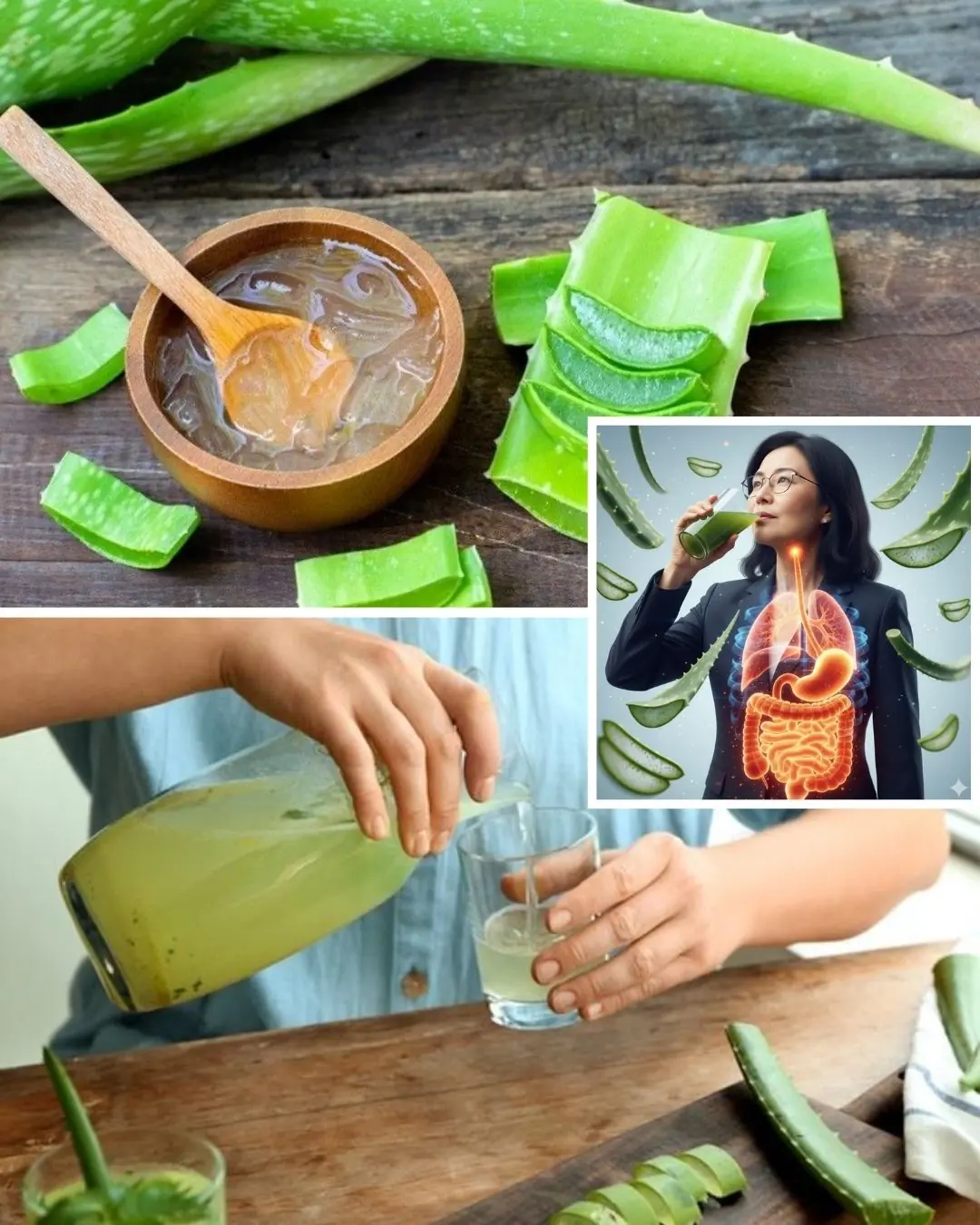
Revitalizing Health with Aloe Vera Juice: A Time-Honored Family Legacy

Onion Juice for Hair Regrowth: What the Science Says and How to Use It
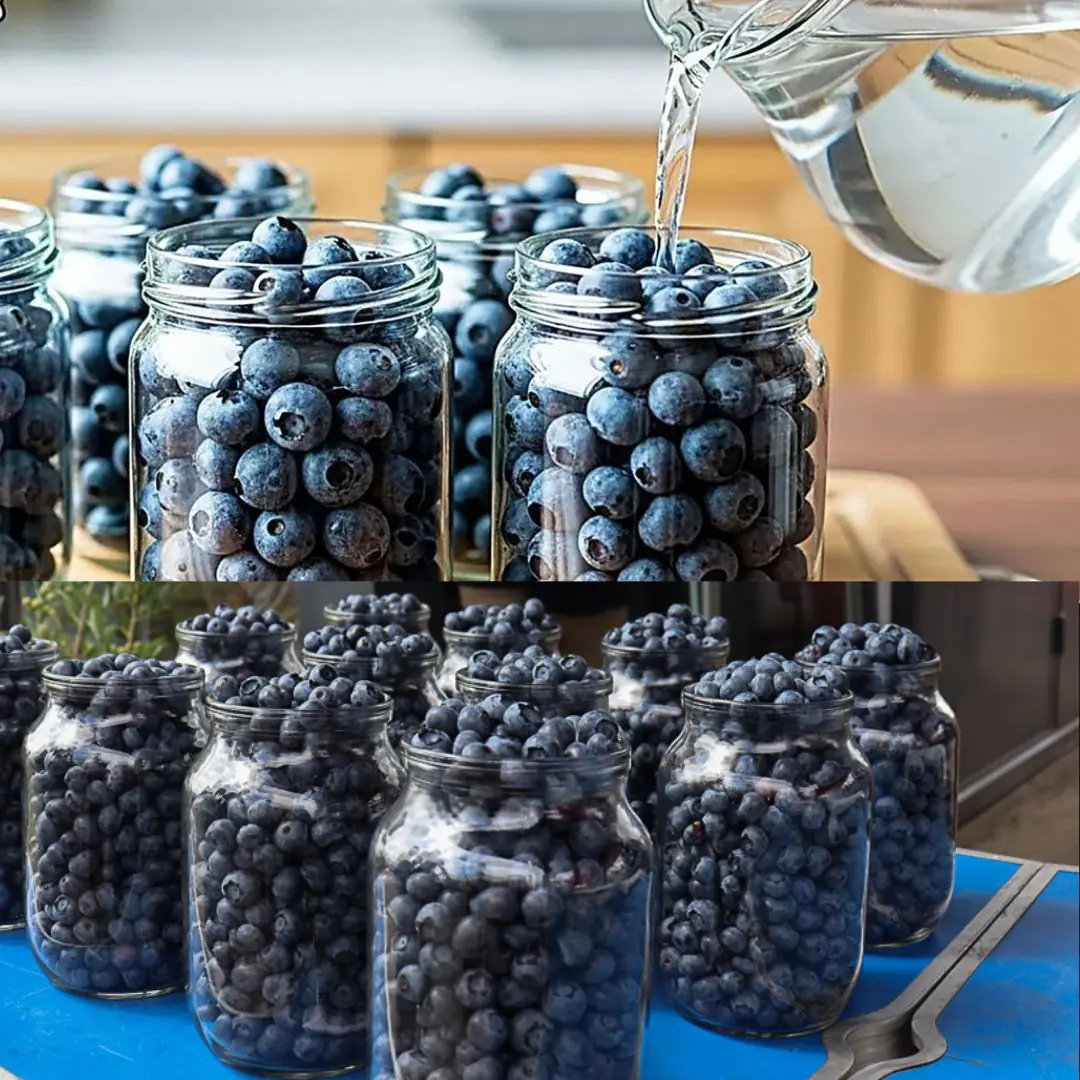
How to Preserve Fresh Blueberries at Home for Months
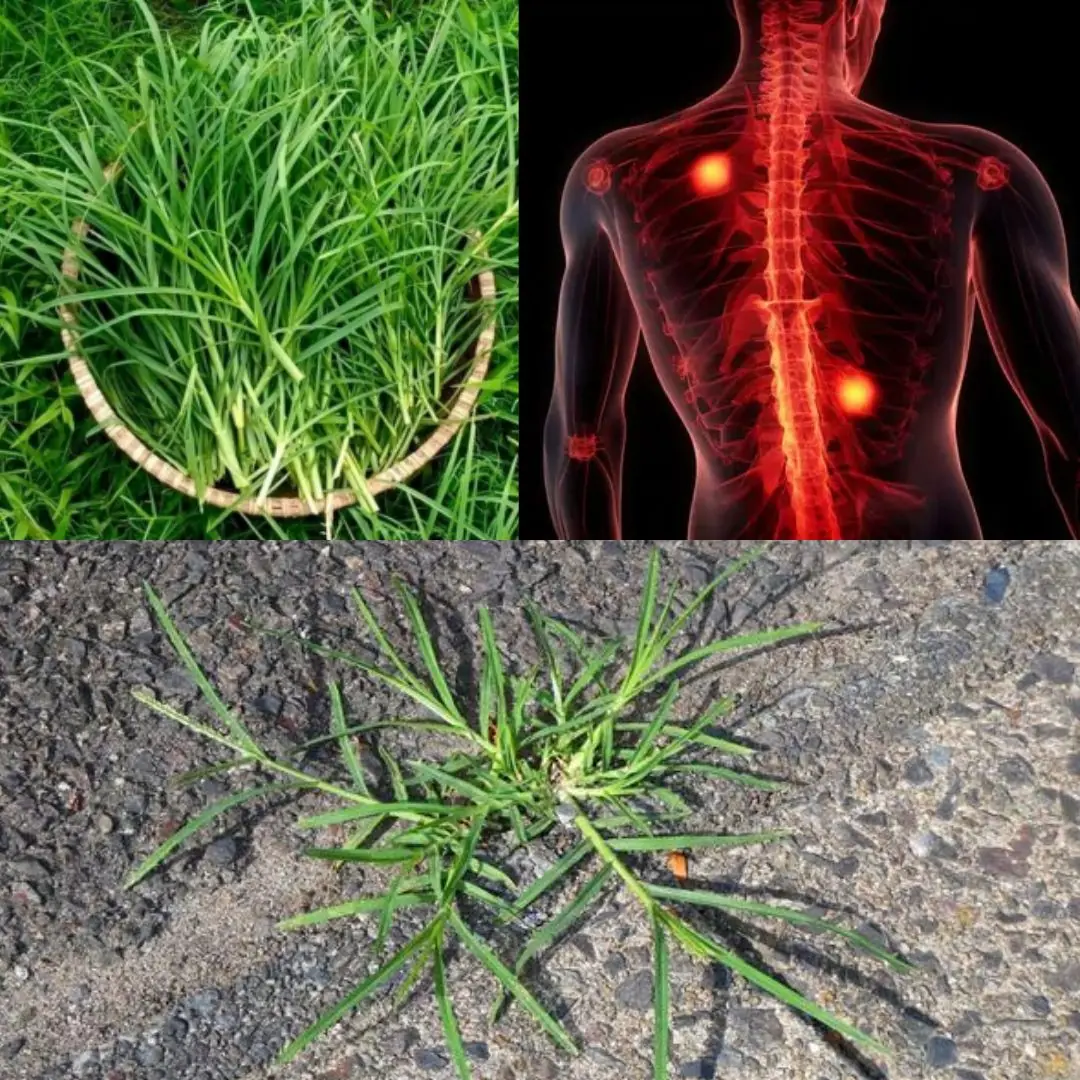
The Healing Power of Goose Grass – A Backyard Miracle for Over 10 Ailments

Some of the Benefits of Castor Leaves and the Seed
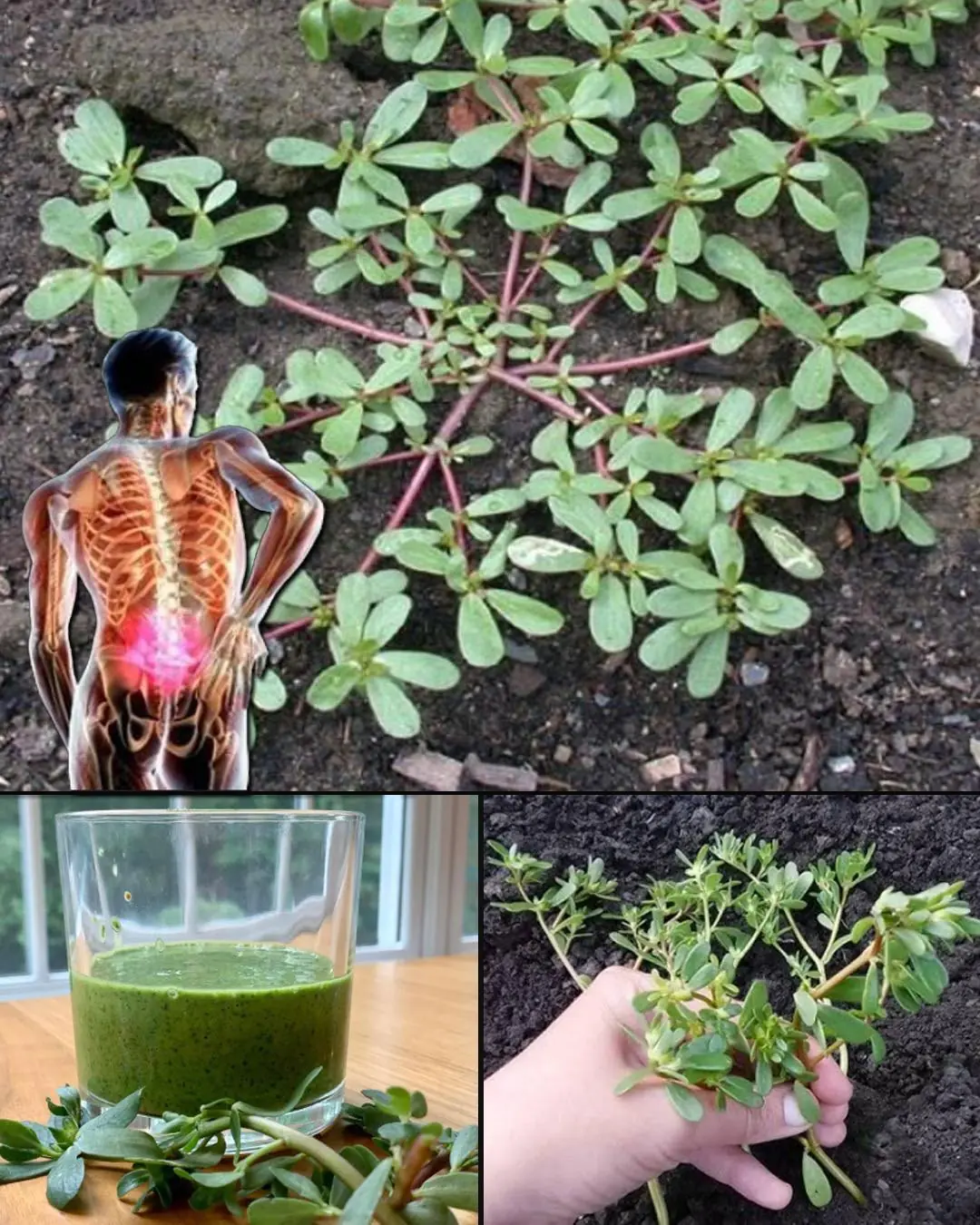
Purslane: The Superfood That Tastes Better Than Meat – 7 Reasons to Grow It in Your Garden
News Post

Garlic, tomatoes and cucumbers will grow rapidly. The most powerful fertilizer.

12 Powerful Benefits of Moringa Seeds

25 Incredible Health Benefits of Goosegrass

Pineappleweed (Matricaria discoidea) – Nature’s Calming Herb with Surprising Benefits

A Heartwarming Story of Hope: Surrendered Dog in Christmas Sweater Awaits a Loving Home

The Power of Chanca Piedra: 10 Benefits and Uses

Wood Sorrel Benefits and Uses

Forever Our Indy: A Tribute to a True Best Friend

The four medicinal leaves: Avocado leaves, mango leaves, bay leaves, and guava leaves

People Spotted a Dog Collapsed on a Sidewalk — Then Realized She Was Still Alive

This Senior Dog Can’t Climb the Stairs Anymore — So Dad Sleeps on the Sofa with Him Every Night

A Final Goodbye: Mario’s Last Moment with the Giraffes He Loved
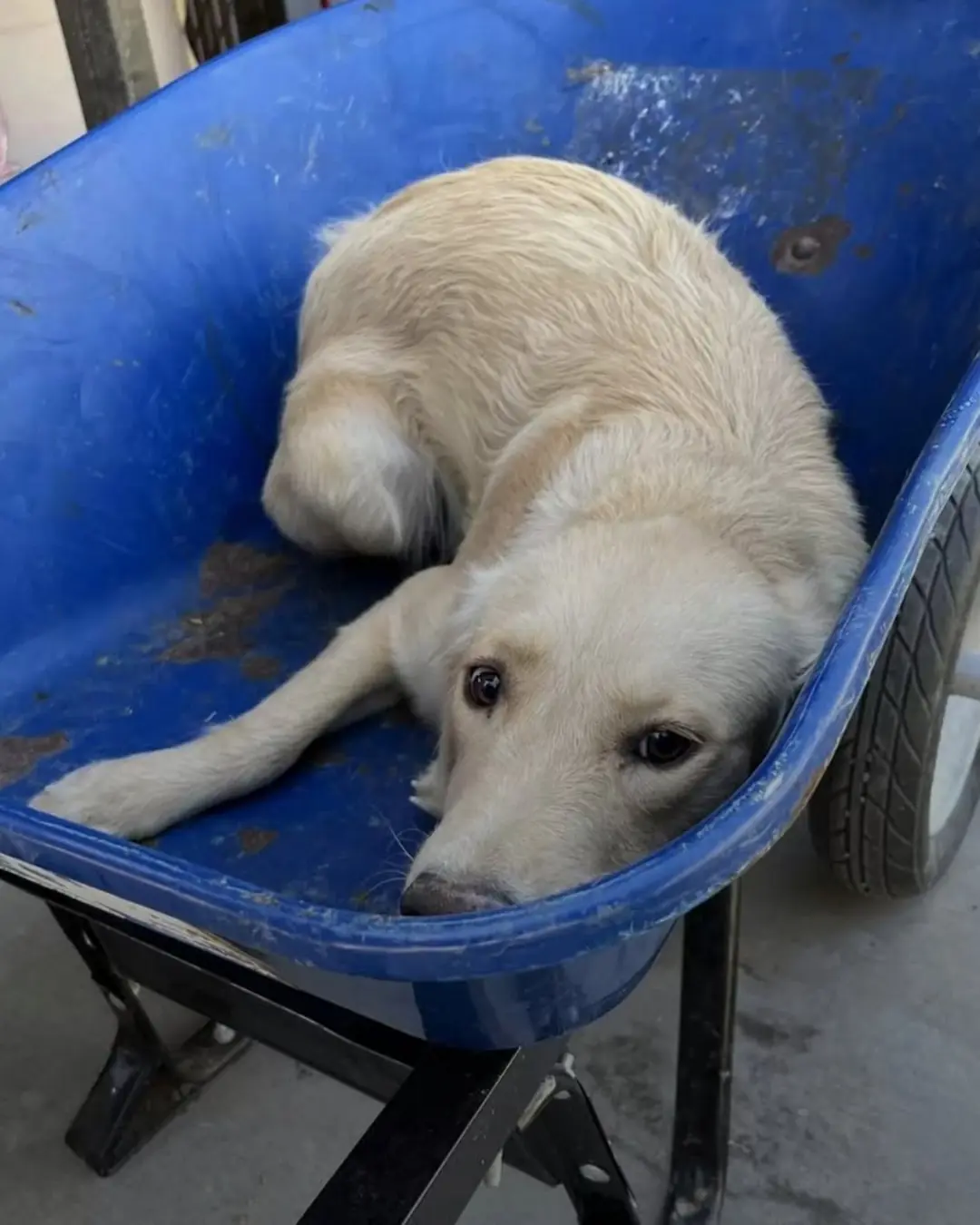
Shy Golden Retriever Saved From Euthanasia at the Last Moment
The Dog Who Beat Cancer: A Reunion That Moved the World.

The Lion Who Lost His Mane, and the Tiger Who Won His Heart.

Her Heart Belongs to Daddy: A Daughter’s Memory of Danny Kaye.

A Father Chosen by Love

Goodbye, Noor Jehan: The Elephant Who Made a Nation Weep.
